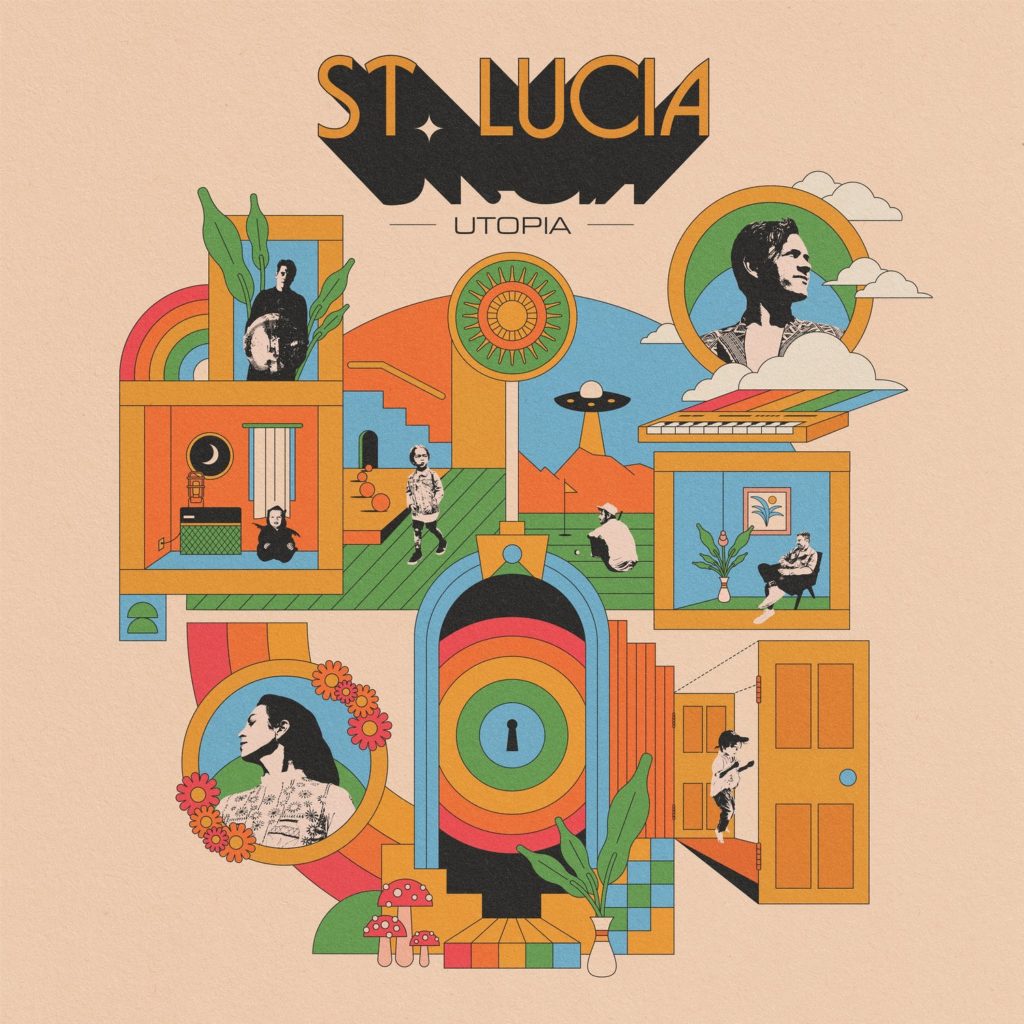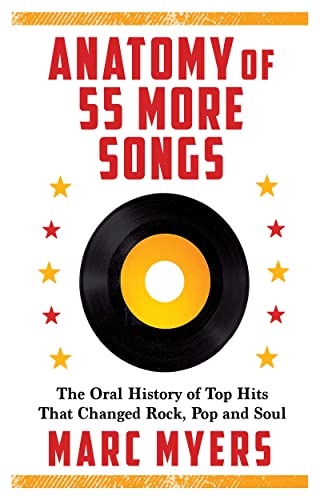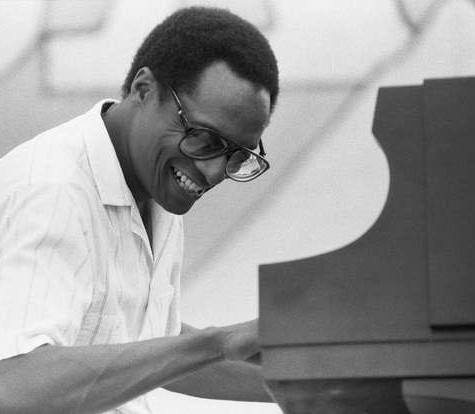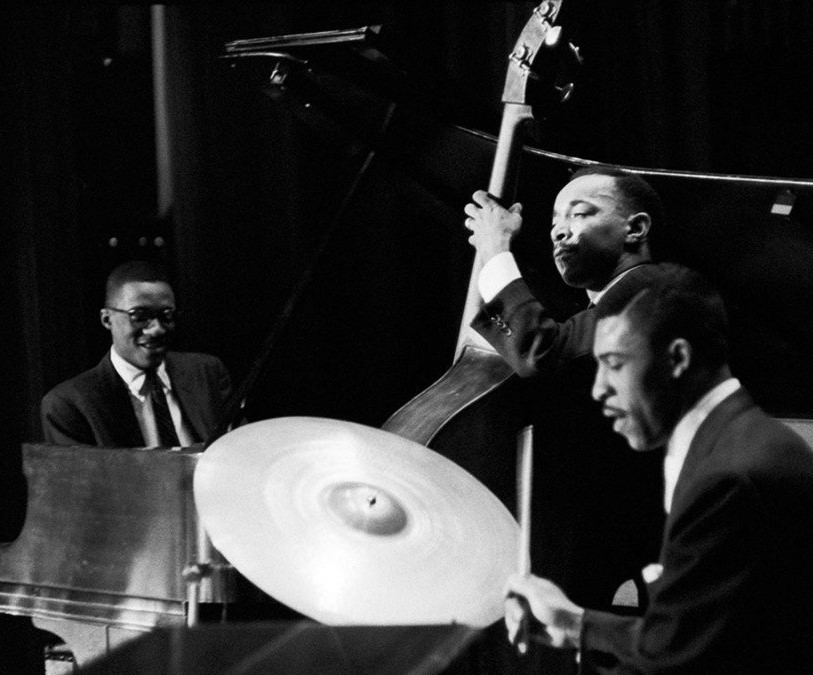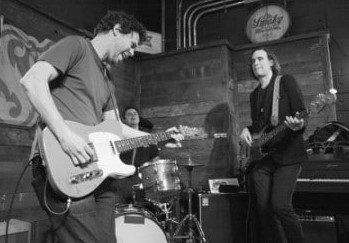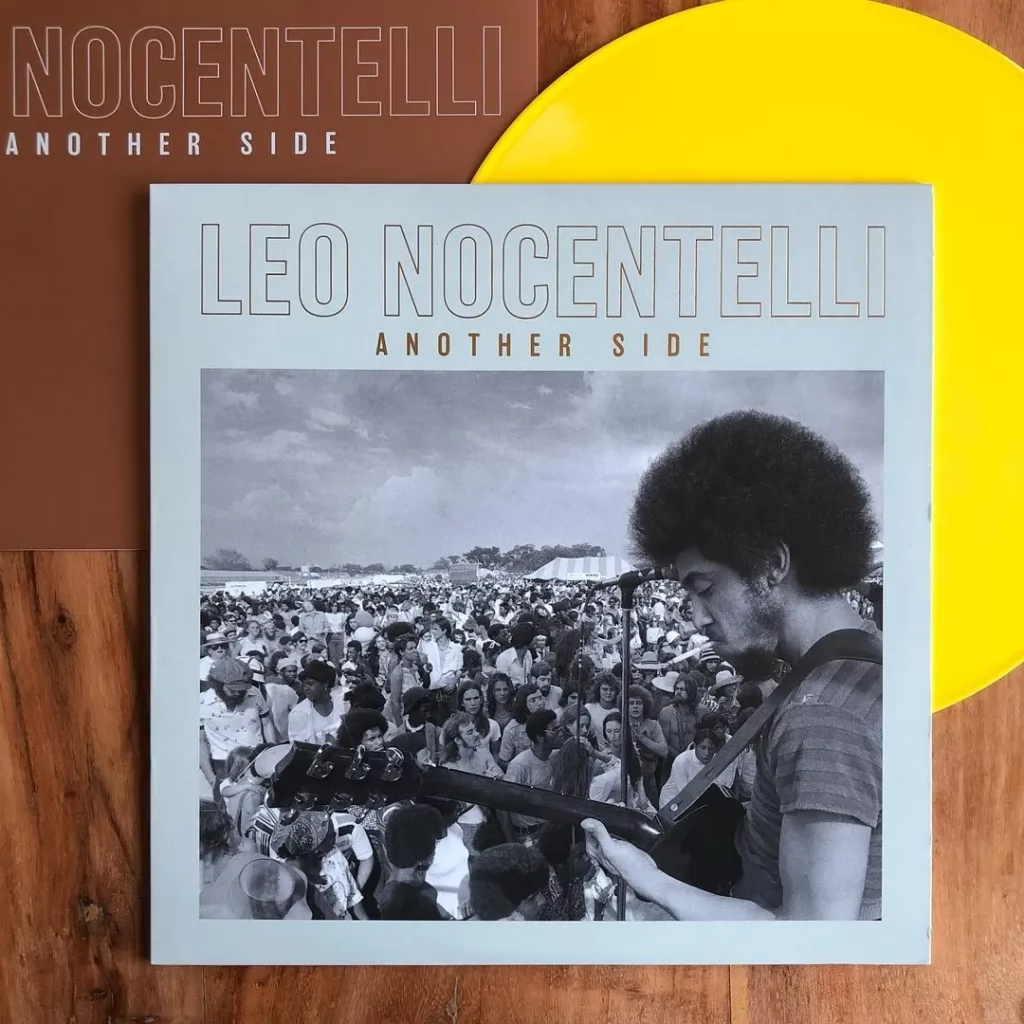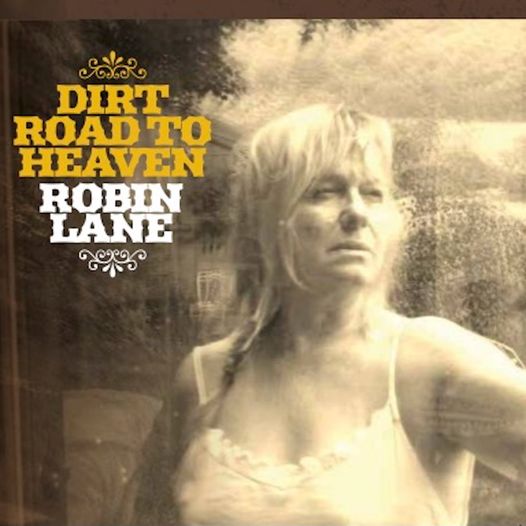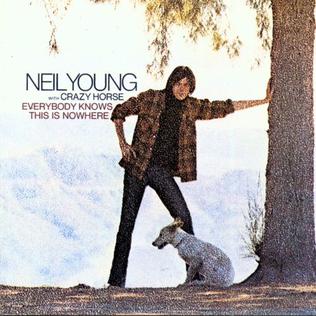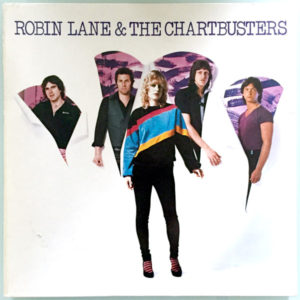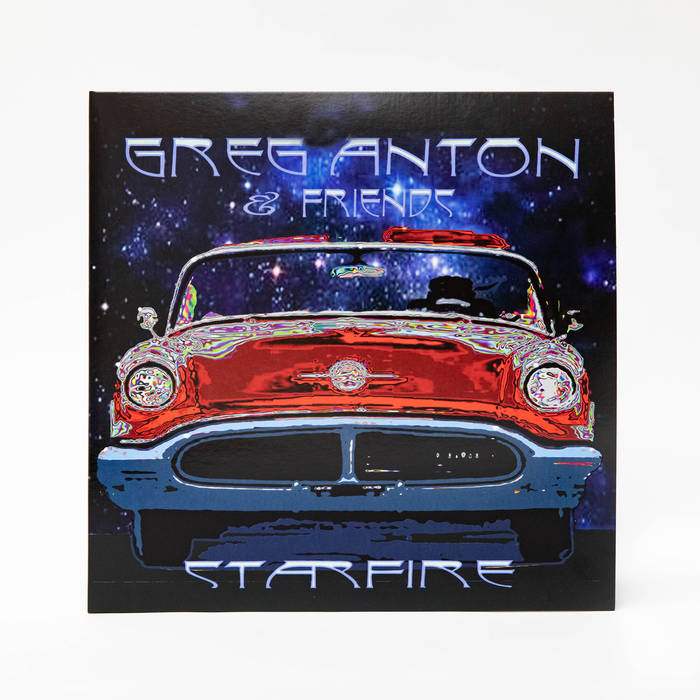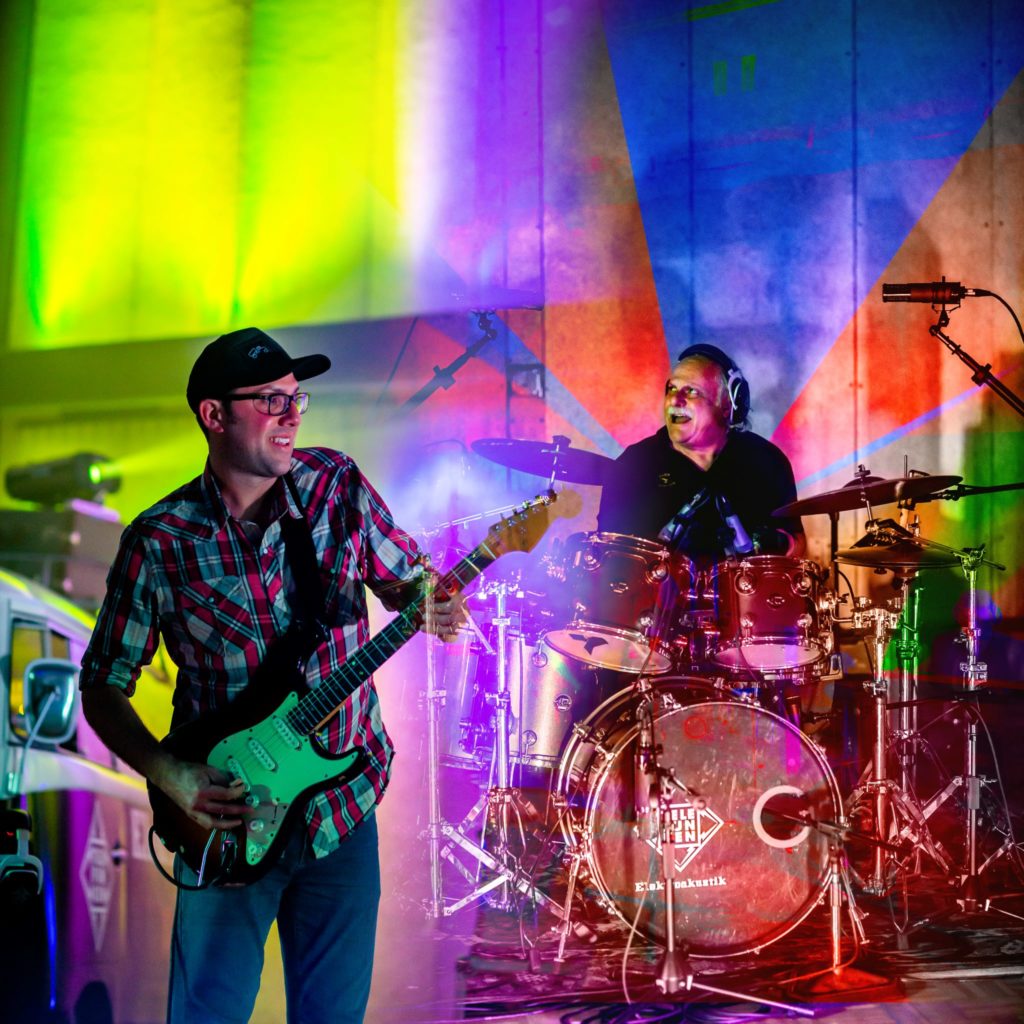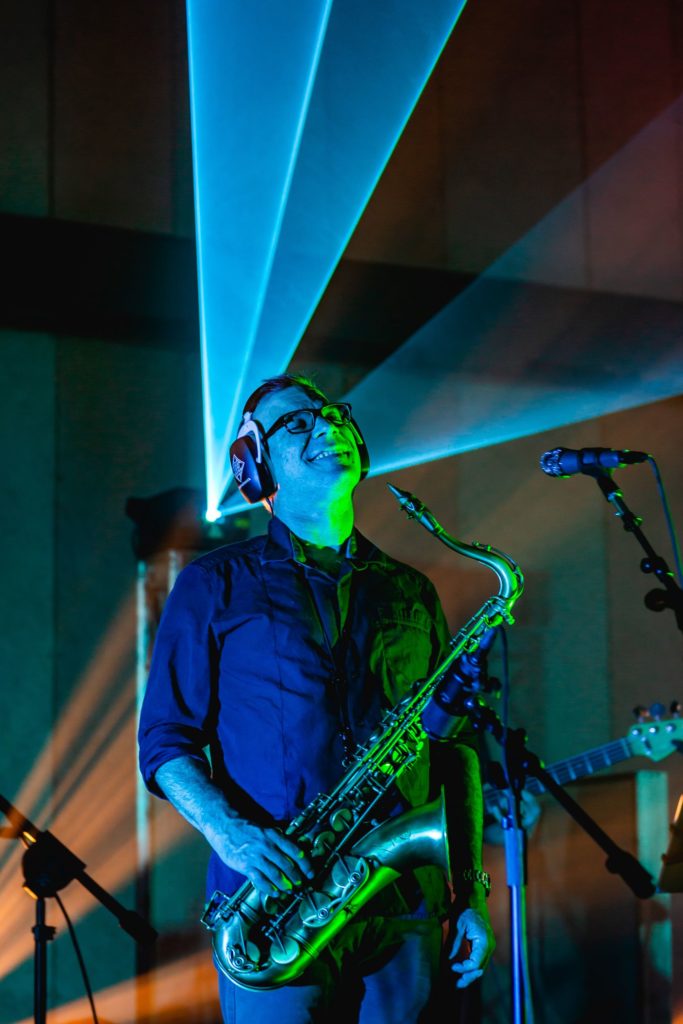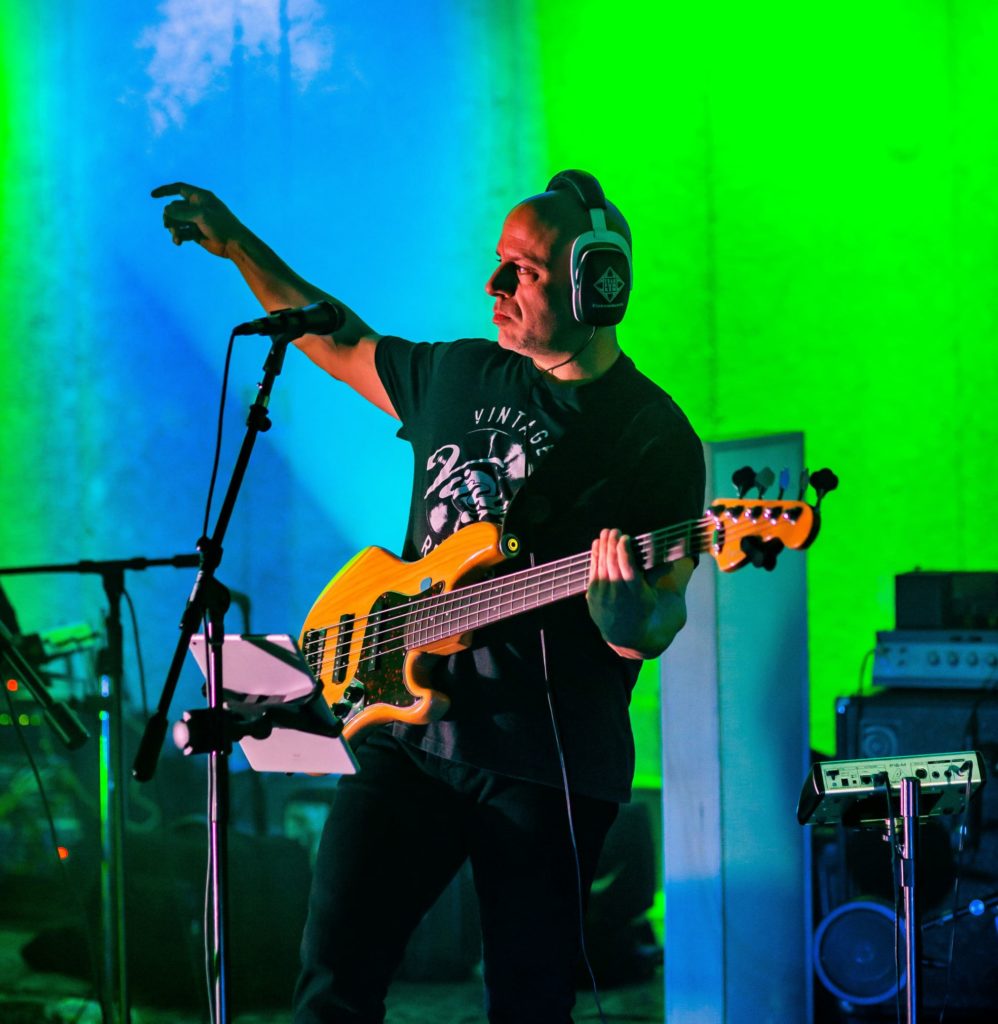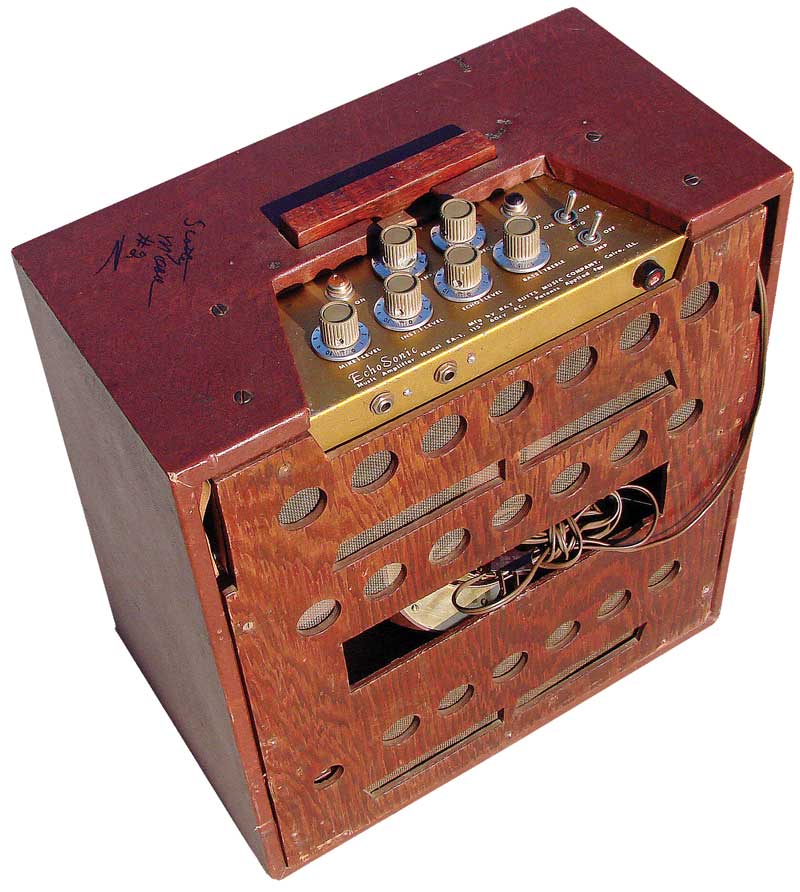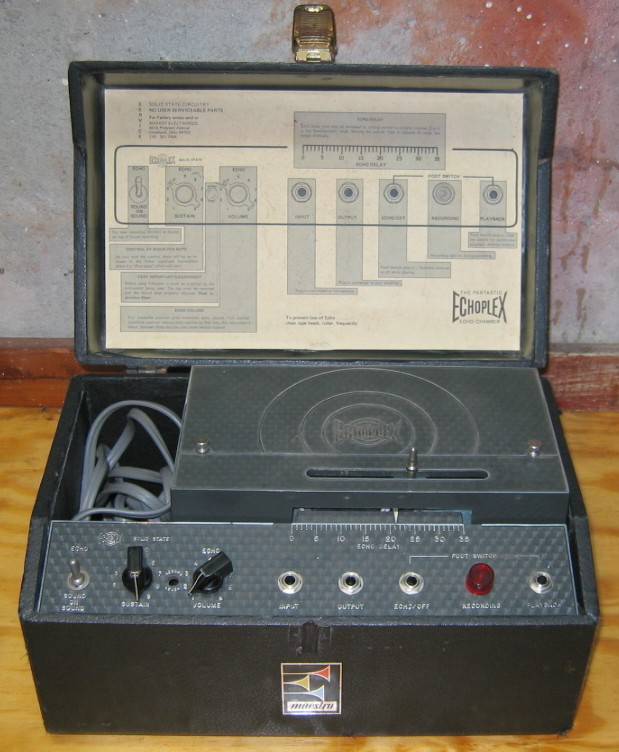The Oct. 15 edition Greasy Tracks featured music from Zero as well as interviews with founding members Greg Anton and Steve Kimock.
Check out the archive by clicking here, while a playlist is here.

Zero is at Infinity Music Hall in Hartford on Nov. 3, marking the band’s first appearance in the city since 1995 when they played multiple dates at The Blue Star Café.
While the band is finally able to do an east coast run of shows following the shelving of dates due to the pandemic, it’s been a busy year for drummer Anton and guitarist Kimock.
In addition to west coast Zero gigs, Anton released his debut solo album, Starfire, a one-off live recoding he did at TELEFUNKEN Soundstage in South Windsor. He is also working on his second book following the publishing of Face The Music. Kimock has been on the road with Steve Kimock & Friends and will do a handful of dates with Oteil & Friends this month. In January, Kimock is touring with Jazz Is Dead.

And then there was the May release of Naught Again, a live offering featuring tracks recorded during a three-night run at the Great American Music Hall in San Francisco in 1992. Anton and Kimock discussed the album on the May 21 edition of Greasy Tracks.
Hartford native Anton and Kimock trace their collaboration roots to early 1980 and The Heart of Gold Band, a short-lived line-up featuring ex-Grateful Dead members husband/wife Keith and Donna Godchaux along with bassist John Kahn.
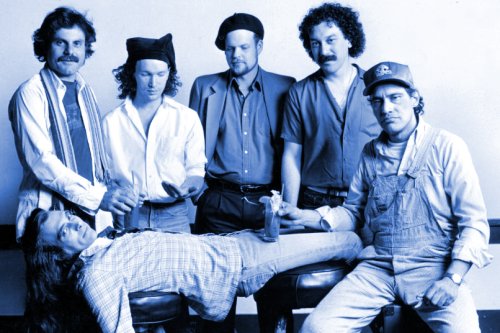
The passing of Keith Godchaux, only days after the band’s debut appearance, hastened the breakup of the group, but Anton and Kimock continued working together in the studio and by 1984, with a somewhat loose aggregation of players, made their first appearance as Zero.
The early edition of the band featured guitarist John Cipollina who remained with Zero until his death in 1989. Core members over the years included bassist Bobby Vega, saxophonist Martin Fierro, keyboardists Banana, John Farey and Chip Roland amongst others.
They released their debut studio album, Here Goes Nothing in 1987, followed by Nothing Goes Here (1989).
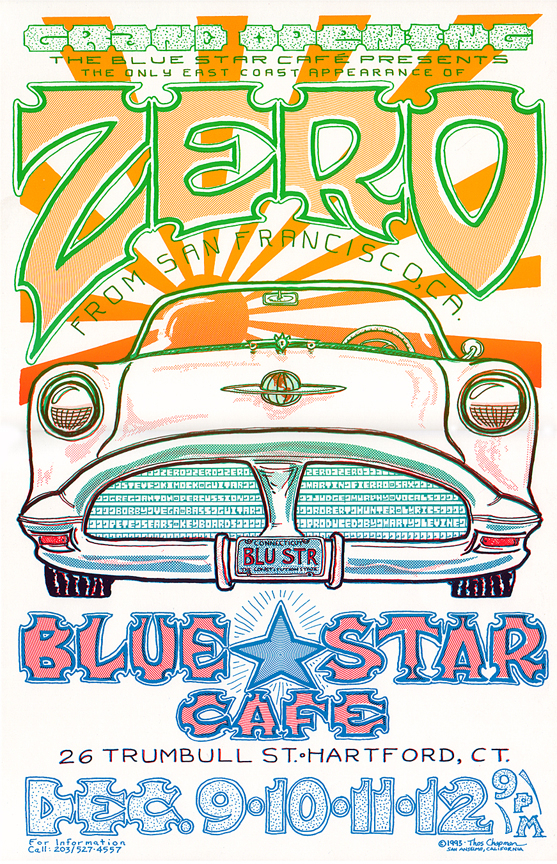
In 1992, the band, which had primarily played instrumentals since forming, started working with Grateful Dead lyricist Robert Hunter. Vocalist Judge Murphy soon joined and Zero became a regular go-to for Hunter’s material.
Joined by a handful of special guests, Zero performed at the Great American Music Hall Oct. 14-16, 1992. A portion of those shows was released in 1994 on Chance In A Million. With keyboardist Pete Sears part of Zero during this period, the band also had Nicky Hopkins and Vince Welnick alternating on piano during the run.
In addition to Anton and Kimock, the latest edition of Zero includes Pete Sears (bass), Hadi Al-Sadoon (trumpet) and Spencer Burrows (keyboards), but the Infinity appearance will also include Robert Somerville (saxophone).

